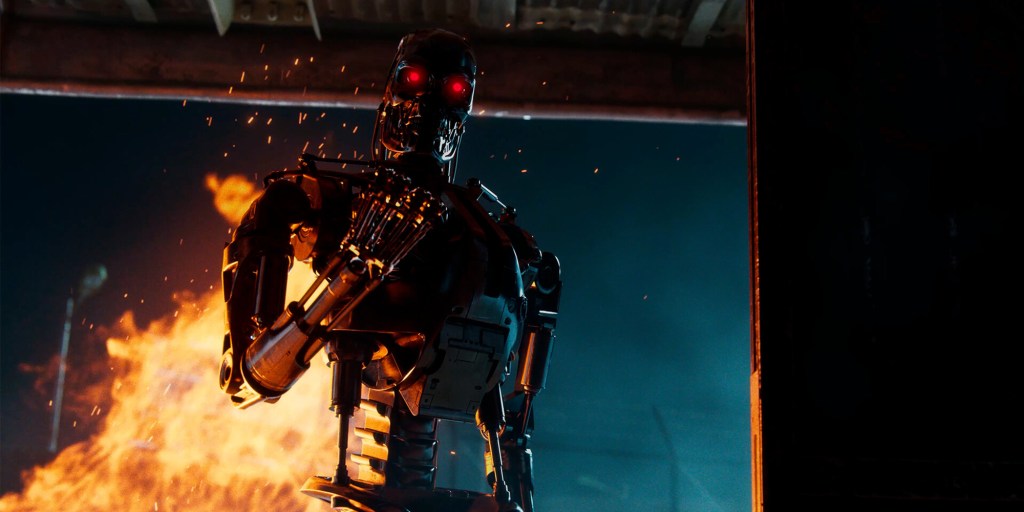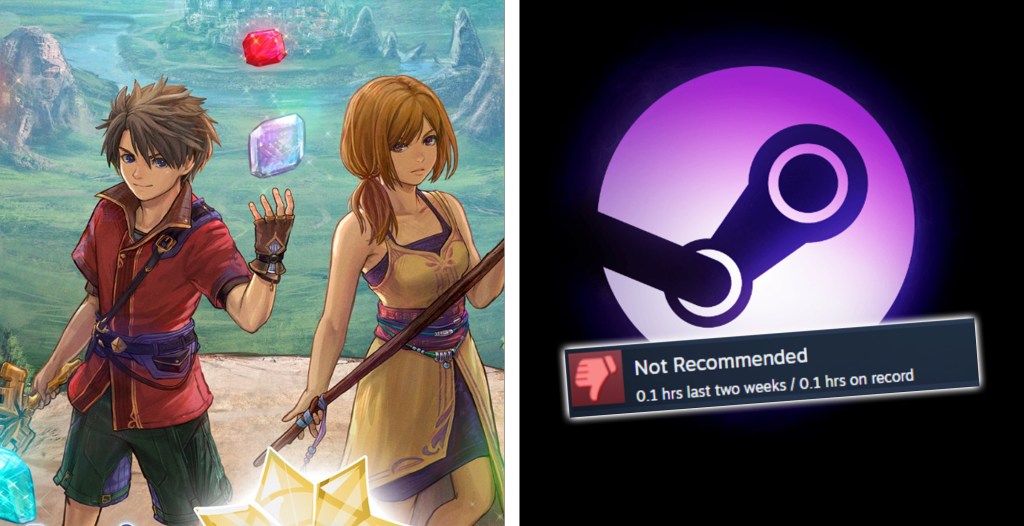
The audience at the new Robot Wars. BBC Two/Instagram
Last week, a freakishly human-like robot, demonstrated at SXSW, grinned, responded to human facial cues, claimed that it wanted to start a family, and asked to be recognized as a person. If that has you cowering in fear, you may long for a lost epoch when robots firmly knew their place: not stealing our jobs or winning Chinese super-chess tournaments, but smashing the shit out of one another on early evening television—a time when the nation would gather ’round as one to watch cobbled-together weaponized shoeboxes slam into each for 45 minutes.
Well those days are back. Earlier this year, it was announced that Robot Wars would be returning to the BBC. The BBC has yet to announce a transmission date, but internet speculation is rife as to whether the new episodes will live up to (probably quite rose-tinted memories) of its cult predecessor. Have health and safety developments over the last 15 years impinged on the legality of soldering an angle grinder to a souped-up remote-controlled car? Will the new presenting duo take the lead of Craig Charles and be outfitted in really bad leather jackets? Does the script leave room for a bizarre rhyming segment at the end of each episode?
Videos by VICE

The Channel 5 incarnation of the show with Craig Charles, Jayne Middlemiss and Sir Killalot. Channel 5
A determination to answer these questions was how I found myself hanging around a sprawling industrial estate a few miles outside of Glasgow last weekend at a Robot Wars taping. Don’t be afraid, though. I’m not going to spoil anything. Having only seen part of one episode. I’m not in much of a position to preempt whatever narrative the producers decide to shoehorn in during the editing process. What I did see, over the course of about three hours, was a full nine minutes of intense robo-combat and the odd segment with likable new presenters Dara O’Briain and Angela Scanlon, a relative newcomer to UK screens. Hundreds were packed in to watch the action, safely encamped behind what we were reassured were “bulletproof” screens.
The robots that make it through to the later rounds of the series, which is what we seemed to be watching, are sturdier, more ruthless, and the least likely to go straight up in flames. This tends to mean that there’s a lot less wanton destruction by this point in the competition, a shame for those of us who enjoyed watching that red polka dot thing that entered five different series of Robot Warsand was, memorably, covered in highly flammable fur—there’s literally an hour-long montage on YouTube of it continually going on fire, series after series.
My fears were borne out by the final rounds, where it felt like a lot of time was spent watching two precision-engineered, indistinct boxes slam into on another for 180 seconds. As ever, the best way of disabling your opponent remains trying to get it on its back and hope it can’t upright itself. But our budding roboteers know this too, meaning that being flipped over is not the harbinger of doom that it once was. Thankfully, though, the house robots are still on hand to mess shit up and bash robots around when a contest is beginning to grate.
Once or twice, competing robots managed to knock bits off one another, sending shrapnel flying into barriers. Although this was rarely debilitating, it was enough to keep the attention of the audience of kids dragged along by their over eager dads and grown men in Doctor Who T-shirts.
As is the way with filming a TV program with a complicated technical set-up and mechanized fighting machines, there was also a lot of downtime, as the competitors scrabbled around in the background trying to get their prized robots ready for the next fight. Meanwhile, the audience was left to suffer at the hands of the mind numbing warm-up act, who larked about in the arena telling shit jokes and throwing around Haribo like the second-rate panto performer he probably is.
By the time these clashes reach your screens, they’ll be edited together from a dozen different camera angles and have Match of the Day‘s Jonathan Pearce shouting excitably over them. Pearce’s role has been remarked on as the continuity of personnel between the old and new series, but in reality, little else seems to have changed.
Robotics, warfare, and artificial intelligence have all advanced unimaginably from 15 years ago, but there didn’t seem to be much sign of that on show in the studio. Basically, you may be disappointed if you’re expecting incoming drones and laser-guided destruction. From what I saw at least, real innovation was cast aside in favor of what is basically a Segway with a flamethrower duct-taped on.

Jeremy Clarkson hosted the first series of the show. BBC
The three judges—who decide the outcome of battles without a decisive winner—are all distinguished academics in the field of robotics. For a show that’s about robots fighting one another, this pretense of scientific credibility has always felt a bit over the top, a sort of excuse for license fee payers funding the whole exercise. One judge, Dr. Lucy Roberts, it was boasted, has even been working on robots capable of carrying out missions on the surface of Mars. What this expert in ground breaking interplanetary technology made of seeing a series of armored toasters ram into one another over the course of a fortnight was, sadly, never expanded upon.
Why can’t we see Sgt. Bash fly above a robot’s head and destroy it silently, US drone-style, or Sir Killalot hurt a robot’s feeling by saying its paint job looks sloppy? Robot Wars is still fun and stupid, but if it’s going to be the only show on TV about this rapidly changing field, it seems a generation out of touch.
Follow Liam on Twitter.
More
From VICE
-

WWE -

Clair Obscur: Expedition 33 – Metaphor: ReFantazio -

Screenshot: Steam -

Screenshot: Valve, Positive Concept Games